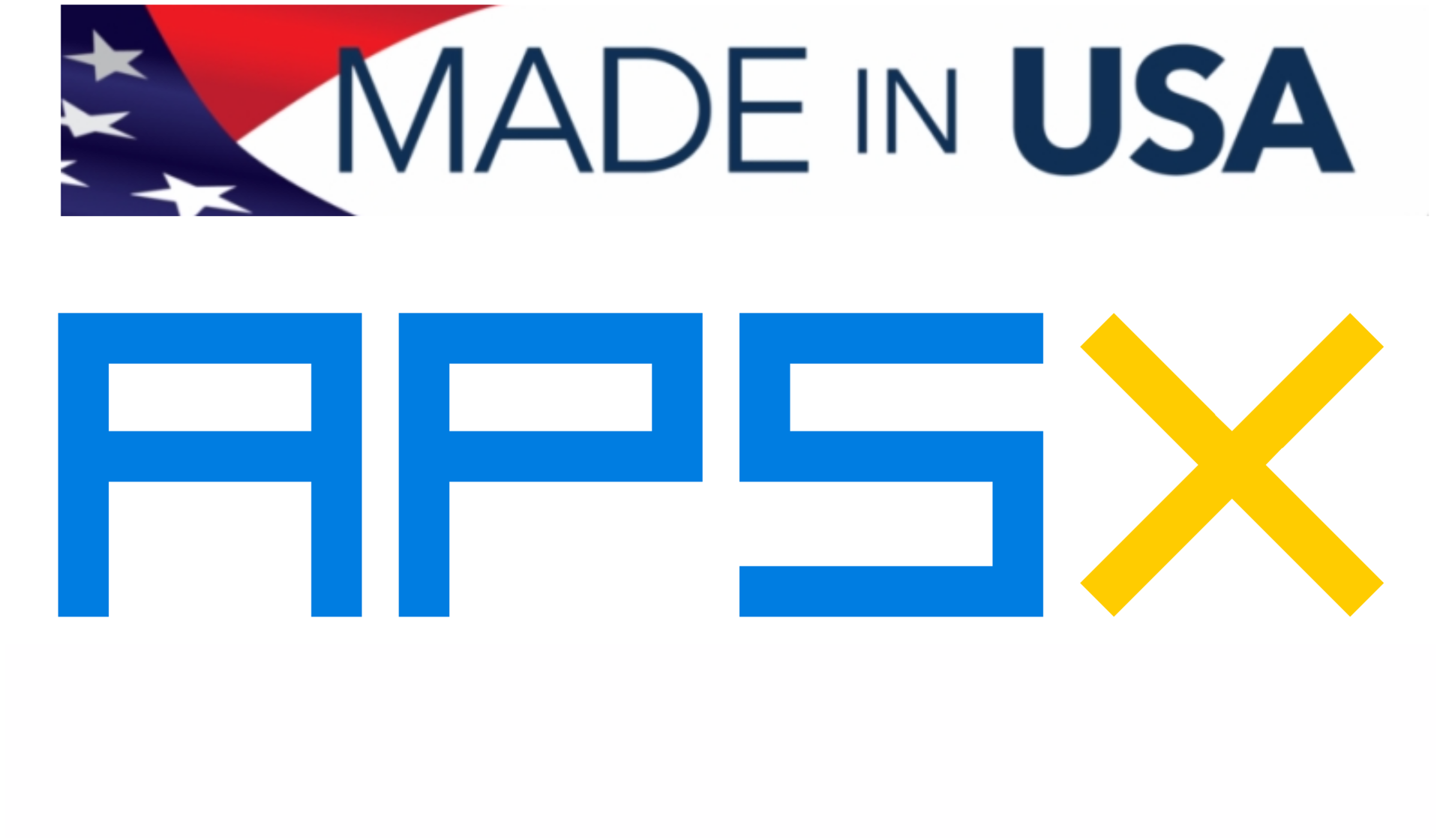So you need a custom plastic part, but you don’t know how to get it made or how to make it yourself.
Is it large or small? Should it be flexible or stiff? Is it round, square, or some other uncommon shape?
This guide will explain the different kinds of production processes available today to help you discover the ideal process for your product.
*Disclaimer: Even though APSX exclusively offers injection molding machines, our intention is this guide honestly helps you choose the best form of production for your product. Sometimes, the best choice is injection molding… other times, it’s another method. Our goal with this guide is to be as objective as possible while pointing you in the best direction to get your part or product made using the ideal method.
INJECTION MOLDING
It is a manufacturing process for producing parts from both thermoplastic and thermosetting plastic materials. Molten plastic is injected at high pressure into a mold, which is the inverse of the desired shape. The mold is held closed under high pressure and cooled so that the molded product solidifies. Once the plastic has cooled, the mold is opened, usually automatically, and the finished product is removed or automatically ejected. The mold is made from metal, usually either steel or aluminum, and precision-machined to form the features of the desired part. Injection molding is used to create many things such as wire spools, bottle caps, automotive dashboards and most other plastic products available today. Injection molding is the most common method of part manufacturing.
For Parts: Bumpers, switches, medical devices, bottle caps and much more
For Parts: Bumpers, switches, medical devices, bottle caps and much more
ROTATIONAL PLASTIC MOLDING
Hollow plastic items are the best for this method. The process heats finely ground plastic resin in molds that are spun on two axes while being baked in large ovens. Centrifugal force pushes the molten plastic against the walls of the mold. In order to maintain even thickness throughout the part, the mold continues to rotate at all times during the heating phase and to avoid sagging or deformation also during the cooling phase. Diverse products like kayaks, fuel tanks and children’s play balls are created
For Parts: Utility carts, storage bins, road cones, car parts, kayaks etc.
For Parts: Utility carts, storage bins, road cones, car parts, kayaks etc.
BLOW MOLDING
A manufacturing process by which hollow plastic parts are formed. In general, there are three main types of blow molding: extrusion blow molding, injection blow molding, and stretch blow molding. The blow molding process is a well-developed molding technique, used mainly with products that have a uniform wall thickness and where the shape will be important. First, plastic granules are fed into a hopper and then heated to form a molten plastic. The material is blown to the shape of the mold. Once the plastic has cooled and hardened the mold opens up and the part is ejected. Blow molding processes generate, in most cases, bottles, plastic drums, and fuel tanks. There are many types of materials to choose from and the tooling is less expensive than injection molding, but higher than rotational molding. Although blow molding has been automated and can produce mass quantities of products, the process is largely limited to hollow forms. These forms are delicate and contain various thicknesses which must be precise, which often results in wasted material in the process of arriving at containers with proper dimensions and specifications.
For Parts: Bottles, fuel tanks, traffic cones
EXTRUSION MOLDING
A manufacturing process by extruding melted plastic through a die that provides the correct profile shape. Manufacturing companies employ extrusion molding to make products with a consistent cross-section. Common items found in a home made by this process include PVC pipe, rain gutters and even straws. Extrusion molding has a low cost relative to other molding processes. The nature of the extrusion molding process places limits on the kinds of products it can manufacture. For example, plastic soda bottles narrow at one end to accommodate a cap, which normal extrusion molding cannot achieve.
For Parts: Hoses, straws, PVC pipe, gutters
For Parts: Hoses, straws, PVC pipe, gutters
THERMOFORMING
A manufacturing process of heating and molding temperature-sensitive material. It uses sheets of a polymer called thermoplastic, which is extruded in varying levels of thickness, depending on its intended purpose. Thermoforming uses several different types of molds and processes in order to achieve the final product. Thin-gauge thermoforming is primarily the manufacture of disposable cups, containers, lids, trays, blisters, clamshells, and other products for the food and general retail industries. Thick-gauge thermoforming includes parts as diverse as vehicle door and dash panels, refrigerator liners, utility vehicle beds, and plastic pallets.
For Parts: Cups, lids, clamshells
For Parts: Cups, lids, clamshells
CNC MACHINED PARTS
Flexible CNC machining and turning centers, coupled with a diverse offering of both metal and plastic materials are possible to be machined. Common materials include: ABS, Nylon, PEEK, polycarbonate, polypropylene, polyethylene and polyurethane resins.
3D PRINTING
SLA Prototypes are typically used for design verification. A diverse range of polymers are available, including ABS like and polypropylene like materials as well as traditional "water clear" resin blends.
SLS Prototypes are tough, durable resins suitable for functional testing needs. Commonly used for prototyping of nylon parts.
FDM Prototypes are advanced, tough engineering materials intended for real life design validation.
